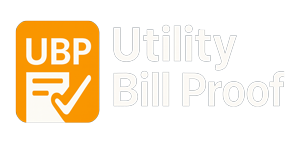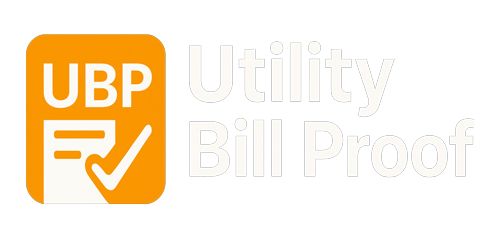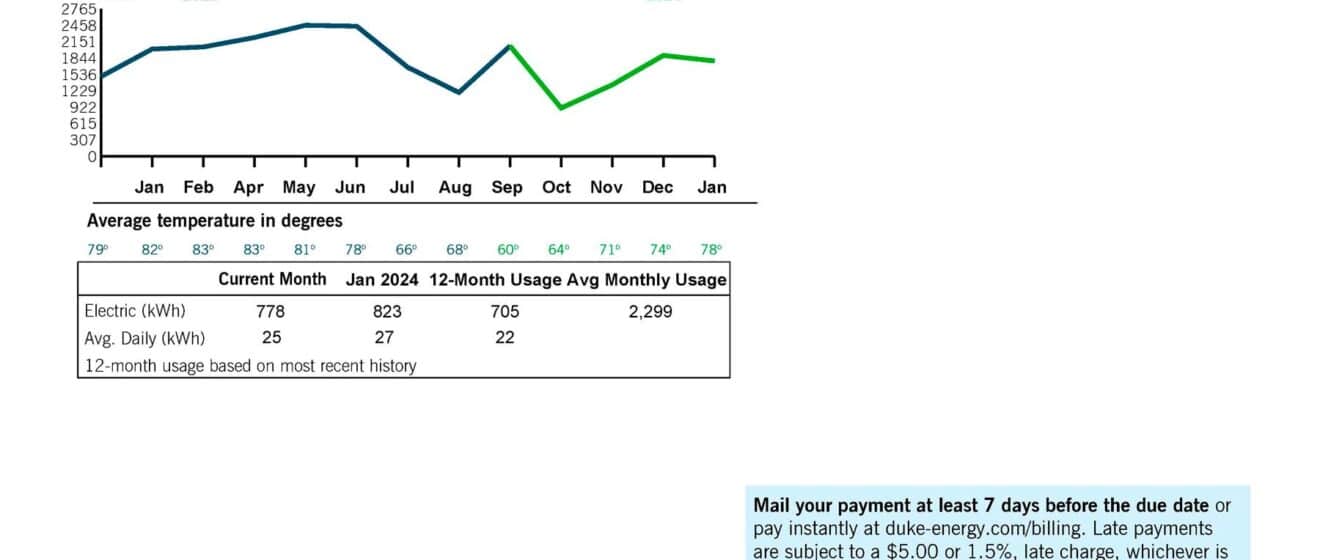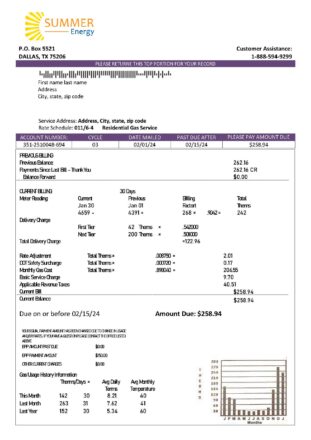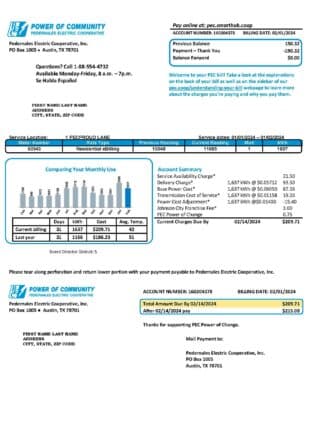Proof of residence is a fundamental requirement in modern society, serving as a crucial element in various administrative and legal processes. This documentation plays a vital role in establishing an individual’s physical location for official purposes, from opening bank accounts to accessing public services. The verification of residential address has become increasingly important in an era of enhanced security measures and regulatory compliance.
What is Proof of Residence?
Definition and Basic Concepts
Proof of residence refers to documentation that verifies where an individual physically resides. It typically consists of official documents issued by recognized institutions or government agencies that display the person’s name and current address. These documents serve as evidence of an individual’s habitual residence at a specific location, forming a critical component of personal identification and verification processes.
Why Proof of Residence Matters ?
establishment of residence through official documentation serves multiple essential functions in contemporary society. It enables organizations to verify an individual’s geographic location for service delivery, regulatory compliance, and administrative purposes. This verification process helps ensure accurate communication, establish eligibility for location-specific services, and maintain compliance with various legal requirements. The documentation of residence has become particularly significant in an increasingly mobile and interconnected world, where establishing physical presence carries both practical and legal implications.
Understanding Proof of Residence
Legal Foundations of Proof of Residence
Global Legal Standards
Proof of residence requirements are governed by international regulatory frameworks, particularly in financial services and immigration. These standards typically align with Anti-Money Laundering (AML) and Know Your Customer (KYC) regulations, establishing minimum verification requirements across jurisdictions. The implementation of these standards helps prevent fraud while facilitating legitimate transactions and movements across borders.
Regional Variations in Law
Legal requirements for proof of residence vary significantly by region and purpose. While some jurisdictions accept digital documentation, others mandate original physical documents. The validity period of documents, acceptable formats, and verification processes differ based on local regulations and specific institutional requirements.
Common Documents Used as Proof of Residence
Household Utility Bills Utility bills serve as primary proof of address due to their regular issuance and connection to physical locations. Water, electricity, gas, and phone bills must typically be issued within the past three months and display the resident’s name and complete address. These documents are widely accepted because utility services are typically connected to specific properties and require formal service agreements.
Government-Issued Documents
Official address proof documents include driver’s licenses, voter registration cards, and tax assessment letters. These government-issued credentials carry significant weight due to the rigorous verification processes involved in their issuance. Local authorities often require multiple supporting documents before issuing these official proofs of residence.
Bank Statements and Financial Documents
Bank statements and credit card statements function as reliable proof of address when they contain the account holder’s name, current address, and recent transaction dates. Financial institutions must verify customer addresses as part of regulatory compliance, making these documents particularly credible. Most organizations require statements from the past three months to ensure address currency.
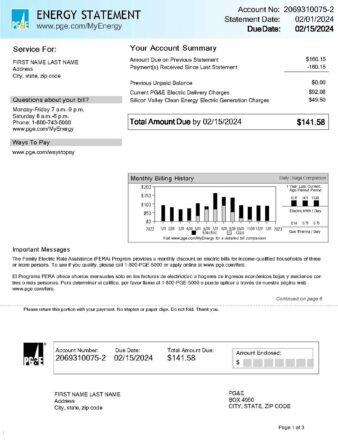
The Verification Process
Steps in Verifying Proof of Residence
Document Collection
The address verification process begins with gathering required documents from individuals or organizations. This stage involves obtaining original or certified copies that meet specific criteria for currency and authenticity. Organizations typically provide clear guidelines about acceptable document types and their required formats, streamlining the collection process.
Document Analysis
Verification involves examining key details within submitted documents to ensure authenticity. This process includes checking for consistent formatting, reviewing dates, and confirming that address information matches across multiple documents. Analysts look for specific security features and standardized elements that validate document legitimacy.
Final Verification Steps
The proof and address confirmation concludes with cross-referencing information against official databases and address registries. This step includes validating the physical existence of the address and confirming its current occupancy. Organizations often implement a dual-verification system where separate staff members review the same documentation independently.
Role of Technology in Address Verification
AI and Machine Learning Address verification technology has revolutionized document processing through automated analysis systems. AI-powered solutions can process thousands of documents rapidly, detecting subtle patterns and inconsistencies that might escape human reviewers. Machine learning algorithms continuously improve accuracy by learning from new document samples and verification outcomes.
Digital Verification Platforms
Modern address proof platforms integrate multiple verification tools into unified systems. These digital solutions offer real-time validation, automated cross-referencing, and standardized processing workflows. Platform-based verification reduces processing time from days to seconds while maintaining high accuracy standards through systematic checks and balances.
Challenges in Proof of Residence Verification
Addressing Fraud and Document Manipulation
Identifying Fake Documents
The detection of fake address documentation presents growing challenges as manipulation techniques become more sophisticated. Key indicators of document authenticity include consistent formatting, proper security features, and accurate temporal markers. Organizations must maintain updated verification protocols as counterfeiters adapt to existing security measures.
Technological Solutions to Detect Fraud
Advanced proof and fraud detection systems employ multi-layered verification approaches. These include metadata analysis, digital watermark verification, and pattern recognition algorithms. Modern security solutions integrate machine learning to identify subtle anomalies in document formatting, pixelation, and content consistency.
Navigating International Verification Challenges
Issues with Cross-Border Documentation International address verification faces unique obstacles due to varying document standards and formats across countries. Language differences, unfamiliar document types, and diverse addressing systems complicate the verification process. Organizations must navigate different regulatory requirements while maintaining consistent verification standards.
Solutions for Global Verification
Modern verification solutions address international challenges through standardized global protocols. These systems incorporate multi-language support, region-specific document templates, and automated format recognition. Organizations increasingly adopt universal verification frameworks that accommodate diverse documentation standards while maintaining security integrity.
Practical Tips for Obtaining Proof of Residence
For Individuals Seeking Housing or Banking Services
How to Gather the Right Documents
Begin collecting address and proof documentation well before they’re needed. Maintain a digital folder of monthly utility bills, bank statements, and government correspondence. Request official documents from relevant authorities early to account for processing times. Consider obtaining multiple types of proof to meet varying requirements across different organizations.
Maintaining Valid Documents
Regularly update residence documentation to ensure validity. Set calendar reminders for document renewal dates and maintain copies of both current and previous proof of address. Create a systematic approach to organizing and storing documents, ensuring easy access while maintaining their integrity and confidentiality.
For Professionals: Ensuring Compliance and Accuracy
Compliance Standards Professional compliance and standards in document verification require systematic approaches to meet regulatory requirements. Organizations must establish clear protocols for document acceptance, verification procedures, and record-keeping. These standards should align with current legal frameworks while maintaining flexibility for updates to requirements.
Accuracy in Verification Processes
Maintaining accuracy and processes in verification requires structured workflows and quality control measures. Implement multi-step verification procedures, regular staff training, and systematic document review protocols. Establish clear documentation standards and regular audits to ensure consistent verification quality across all operations.
Common Pitfalls and How to Avoid Them
Typical Errors in Documentation
Misunderstandings and Misinformation
Common errors in documentation often stem from incorrect interpretation of requirements. These include submitting expired documents, providing incorrect document formats, or misunderstanding validity periods. Organizations frequently encounter issues with documentation that lacks essential information or contains inconsistent details across multiple submissions.
Proactive Prevention Tips
Implement prevention and tips-based approaches through systematic document review processes. Establish clear guidelines for document submission requirements, maintain updated checklists, and provide comprehensive training for staff handling verification procedures. Regular audits help identify potential issues before they become significant problems.
Real-World Examples and Case Studies
Case Study: Successful Verification
Challenges Overcome
A multinational corporation faced real-world challenges in verifying addresses for remote employees across different countries. The case study revealed complications with varying document formats, multiple language barriers, and inconsistent address structures across jurisdictions. Through systematic approach, these obstacles were successfully navigated.
Strategies Employed
The organization employed strategies including implementing standardized verification protocols and developing region-specific document templates. They established clear communication channels with local authorities and created comprehensive training programs for verification staff. This systematic approach significantly improved verification accuracy.
Case Study: Address Fraud Detection
Fraudulent Techniques Identified A financial institution’s fraud and detection systems identified sophisticated manipulation of utility bills through digital alteration. Analysis revealed inconsistencies in document formatting, irregular pixel patterns, and mismatched metadata. The case highlighted the importance of thorough document examination.
Preventive Actions Taken
The institution implemented enhanced prevention and actions including advanced document verification technology. They established new security protocols, increased staff training frequency, and improved cross-referencing procedures. These measures significantly reduced fraudulent document submissions while maintaining efficient processing times.
Conclusion
Summary of Key Insights
Importance of Vigilance in Verification
The conclusion emphasizes that vigilance in verification processes remains crucial as document authentication challenges evolve. Maintaining rigorous standards while adapting to technological changes ensures effective risk management. Organizations must balance efficiency with thorough examination of documentation to maintain security integrity.
Encouraging Continuous Education
Ongoing conclusion and education in verification methodologies proves essential for maintaining effective processes. As technologies and requirements evolve, professionals must stay informed about emerging trends, updated regulations, and new verification techniques. Regular training and knowledge sharing facilitate improved document verification outcomes.
Key Takeaways
Actionable Insights
Immediate Steps to Take
Key takeaways and immediate actions include implementing systematic document review processes, establishing clear verification protocols, and maintaining comprehensive documentation systems. Organizations should assess current verification procedures, identify potential vulnerabilities, and develop targeted improvement strategies.
Long-term Strategies for Compliance
Develop key takeaways and strategies focused on sustainable compliance through technological integration, staff development, and process optimization. Establish regular review cycles for verification procedures, maintain updated documentation standards, and foster a culture of continuous improvement in verification practices.
